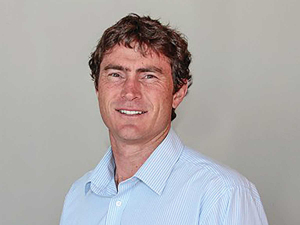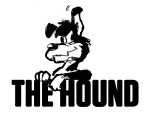OPINION: I've been reading a book recently, written by a farmer, that questions how we deal with (or react to) our changing seasonal climates.
The author’s challenge was that, as farmers, we try to solve current and future problems using historical methods and thinking.
Well, that certainly got me thinking!
Whether (or weather, pun-intended!) we like it or not, the seasons are changing and we’re getting intense seasonal patterns more often.
Total rainfall over the past years has been close to average, but the spread in the months has become extremely dry in autumn and very wet in winter. We now have seasons occurring where, here in the Waikato, we can grow more in June than we can from February to April combined.
As a consultant I try to provide solutions to problems and adapt these to the physical and human capital available. This varies widely farm-to-farm.
With cheap supplements now able to be delivered within 48 hours of making a phone call, many seem content to solve the lack of pasture growth with that quick option. Some are making money doing that, and some know they are merely running to stand still.
Some alternative ways to adapt to climate change that I see farms moving toward are:
Calving date
Moving to either split-calving or all-autumn calving has been increasing in the North Island. I think this trend will continue, but farmers will need increasing levels of compliance capital to manage the risks for the environment and animals.
However, with the lateness of the droughts breaking in mid-April to mid-May, even calving in the autumn has its challenges. That’s why many are slowing bringing the calving date to a winter calving event, with mid-June common.
The question to ponder is ‘what happens when a real rough and cold winter arrives back as an anomaly?’
Stocking rate
As a way to reduce the effects on feed pressure from calving earlier, a small reduction in stocking rate can help offset this. Industry observers would agree that many herds miss an opportunity to express their full potential in ‘annual milksolids produced’ due directly to underfeeding.
When was the last time you looked at your comparative stocking rate (CSR)?
To maximise the efficiencies of cost-of-cows and cost-of-land, you’re looking for a CSR of 80kg of liveweight per tonne of feed supplied.
Another sweet spot is to look at whether you’re reaching annual milksolid production targets that are equivalent to 90% of liveweight.
If you’re not reaching those levels and have kind-enough contour to manage surplus feed in spring with mowers, then lowering the stocking rate can help through the drier months.
Crops and alternative pasture species
Also worth investigating is to ask, what pasture species and crops are better than ryegrass to buffer through the dry summers and autumns? A lot of good research is going on in this space, proving what can be grown either as a mono-culture crop or as a multi-species pasture.
Again, there is merit in moving our thinking to:
- ‘how can I retain and farm the little water I have through these dry months?’
- ‘how can I retain the moisture I have, and what species have the ability to drag moisture from deeper than that of ryegrass and clover?’
There’s still a lot to learn in the agronomy of these alternative species; for example, what combination can be planted, and then how is it best to graze and manage these species so that the full potential of them (individually, and collectively) are realised.
We are in the early stages of this journey.
I think there is benefit in creating cropping blocks on set areas of the farm that will suit certain crop rotations and repeated cropping (using no-till), simultaneously finding the best match of soil type to crop type.
This approach gives the best chance of creating maximum yield potential, rather than rotating the same crop in a different paddock each year.
For now, the above offers three key areas for strategic review in the farming business.
At the very least, they should provoke the thought, ‘am I trying to solve current problems with historical tools?’
For independent expert advice to improve your farming success, contact our knowledgeable team of consultants based across New Zealand.
Darren Sutton is an LIC FarmWise consultant.


















